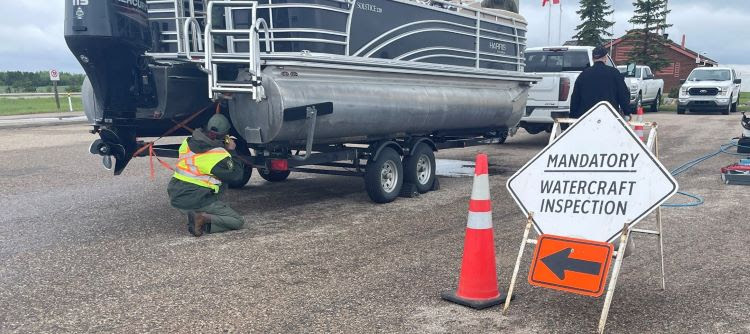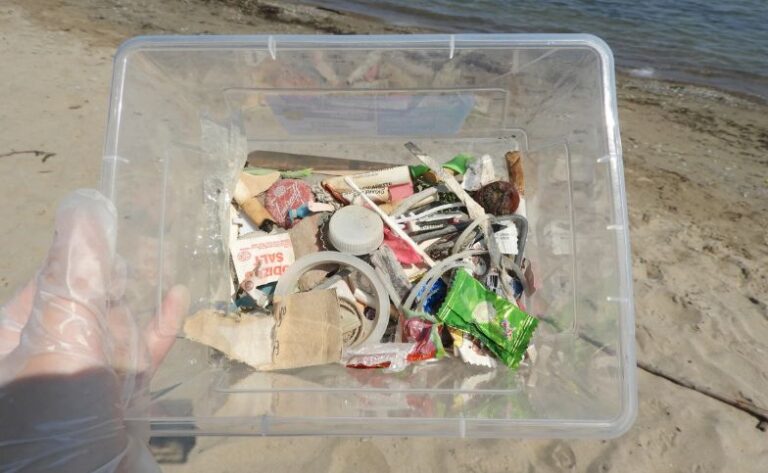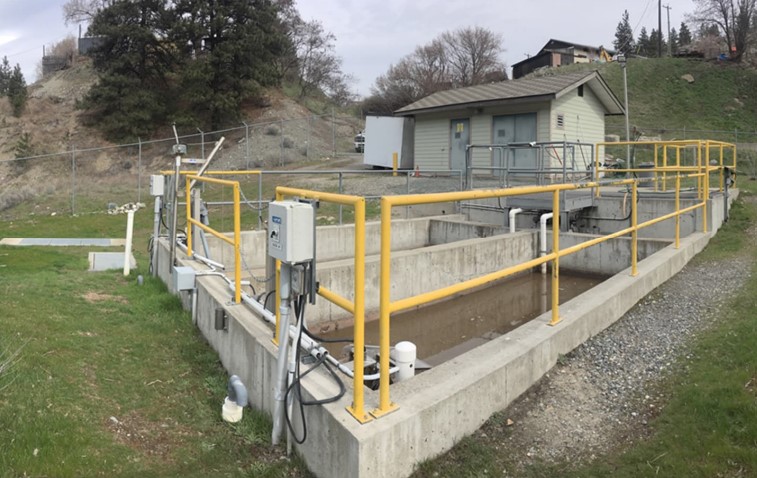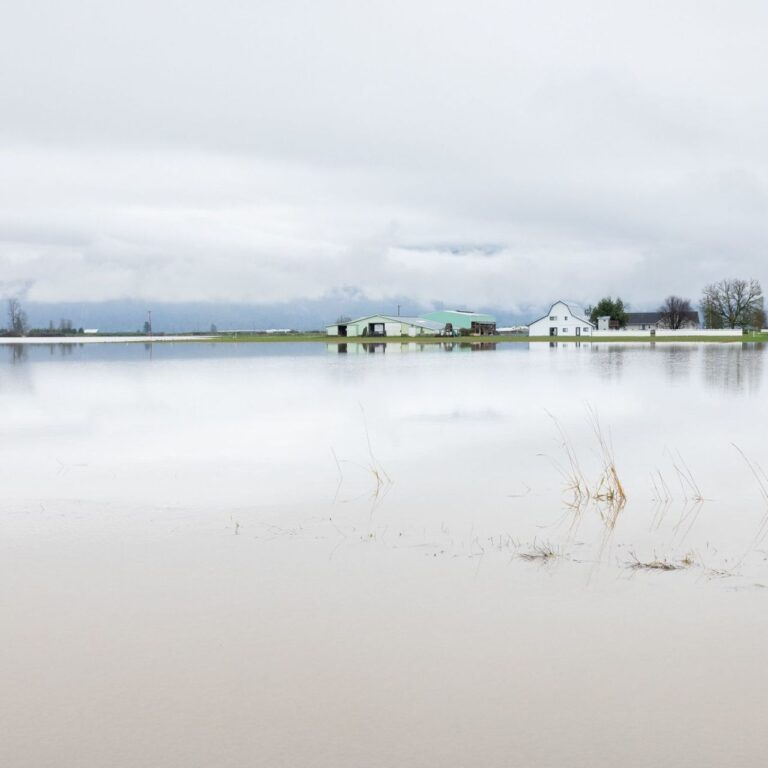Zebra and Quagga mussels destroy ecosystems, threaten shorelines and can cause hundreds of millions in damaged infrastructure. Alberta is currently 100 per cent free of zebra mussels and quagga mussels, but reports are increasing across Canada and the United States.
To protect our borders, Alberta is introducing mandatory inspections for anyone travelling with a boat, jet ski, kayak or other watercraft across the province’s southern or eastern borders. By defending water bodies, ecosystems and infrastructure, Alberta’s government is protecting jobs, businesses and recreation opportunities across the province.
“Alberta is the first province in Canada to make watercraft inspections mandatory when travelling from high-risk areas to fight these tiny invasive species. With boating season now underway, we are stepping up to defend our water bodies and ecosystem to continue to protect Alberta jobs, businesses, and the water infrastructure we rely on,” said Rebecca Schulz, Minister of Environment and Protected Areas.
“I’m proud to support our government’s commitment to keep protecting Alberta’s waterways and water infrastructure. These mandatory stops are part of a broader plan to safeguard our province against environmentally and financially devasting aquatic invasive species. Ensuring mandatory inspections further strengthens our mission to catch and stop any invasive mussel trying to enter our province,” said Grant Hunter, chair of the Provincial Aquatic Invasive Species Task Force and MLA for Taber-Warner.
Invasive mussels and other species are rapidly increasing across Canada and North America. Zebra mussels alone cause up to $500 million annually in damages to power plants, water systems, and industrial water intakes in the Great Lakes region. One study estimated that introducing invasive mussels into Alberta’s Lake McGregor alone could cost $284 million a year in damages.
“Our government is taking the threat of aquatic invasive species seriously. The added safeguards of mandatory inspections and proof-of-inspection stickers are critical for defending Alberta’s waters. Communities in my constituency of Chestermere-Strathmore will particularly benefit from these measures, and I know they are ready to do their part to defend our lakes, rivers, water and irrigation infrastructure,” said Chantelle de Jonge, MLA for Chestermere-Strathmore.
“Preventing the introduction of invasive species like zebra and quagga mussels requires proactive action. The Alberta Invasive Species Council supports the Government of Alberta’s strengthened efforts, including mandatory boat inspections. These measures are essential to avoid long-term, costly ecological and economic impacts and to protect our waters and aquatic ecosystems before irreversible damage occurs,” said Megan Evans, executive director, Alberta Invasive Species Council.
From June 1 until Sept. 30, it is mandatory for all motorized and non-motorized watercraft to be inspected at one of Alberta’s inspection stations when crossing from the eastern or southern borders. If the closest inspection station is closed, Albertans and visitors must get their watercraft inspected within seven days and before launching into Alberta’s waters.
To help with these changes, Alberta is also launching a new proof-of-inspection sticker. Inspectors will provide a sticker to display once a watercraft has been inspected. Whether it is a paddleboard or a powerboat, failing to stop for a mandatory watercraft inspection could result in a $4,200 fine.
Alberta’s government continues to step up in the fight against zebra mussels, quagga mussels and other invasive species. A record 11 inspection stations are being opened this year, with increased staff and extended operating hours, along with K-9 detection and mobile decontamination units.
Albertans travelling with watercrafts can find information on stations, operating hours and more at alberta.ca/
Over the next year, even more work will be done to support aquatic invasive species prevention and response efforts, including implementing all the recommendations made by the Provincial Aquatic Invasive Species Task Force.
Image credit to the Alberta government.

